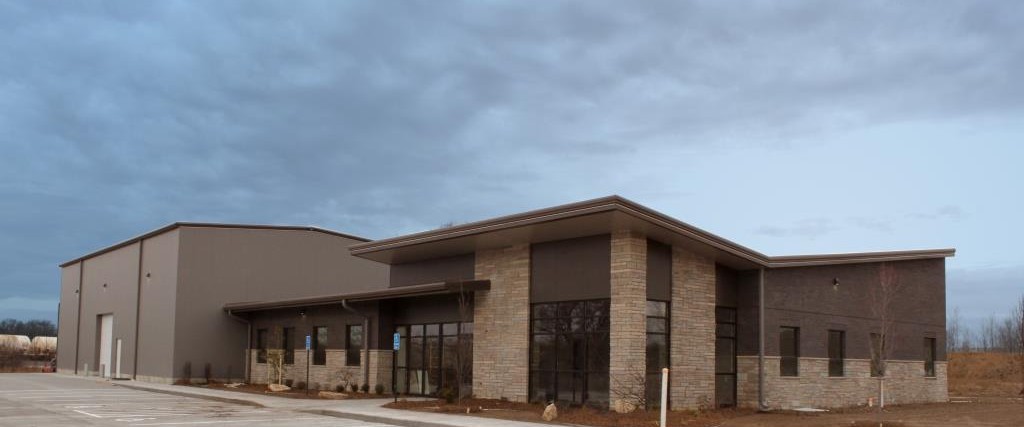- Products
- Industries
- Project Gallery
- Resource Center
- Metal Institute
- Services
- Shop
- Contact Us
September 17, 2015
by Brad Johnson

Welcome to hurricane season, says NOAA! Erika was a near miss, and Henri went off to sea, but with multiple storms stirring up the Pacific and a major El Niño threatening severe weather this year, building teams are focused on resilient, high-performance envelope and roofing assemblies.
Resiliency is the watchword, and the stringent Miami-Dade County code language or similar standards are being adopted in many communities. The Florida Building Commission, as well as FEMA and NIST, have done studies of building performance during severe storms, and metal buildings were shown to perform exceptionally well. According to MBMA reports, insulated metal panels (IMPs) perform well under stresses of high winds and projectiles such as hail and wind-borne debris.
The post-storm studies everywhere from Texas to New Jersey confirmed the durability and resistance to driving rain and severe pressure differentials, too. Standing-seam roof systems and IMP façades remained intact during Katrina even as winds hit 120 mph. According to Metal Roofing Alliance, “metal roofing can have a 140-mph wind rating, meaning it can withstand wind gusts up to 140 miles per hour.” MBCI, which has achieved these ratings, has also pointed to another critical standard: wind uplift testing in accordance with Underwriters Laboratories’ UL 580, Standard for Tests for Uplift Resistance of Roof Assemblies.
Detailing of the roof-wall interface is essential to protecting against uplift. To reduce damage from wind-driven rain, manufacturers like MBCI use test protocols from Miami-Dade or the ICC (TAS No. 100-95). These standards show the security and integrity of the seams in IMP and metal roofing systems. For hail and wind-driven projectiles, the metal systems often are able to absorb impact and remain functional and retain their protective metal layers intact even if they may suffer cosmetic damage, as MetalRoofing.com forums have shown. Last, IMPs and metal roofing systems perform very well during lightning strikes — a fact that is counter intuitive but proven. In fact, use of metal roofs does not increase the chance of a lightning strike, as scientific studies show and the Metal Construction Association reported in BD+C, and as you can read more about in our blog post.
Similar to the three pigs of fable, some buildings will do well through hurricane season, while others nearby will suffer from softer connections, more porous materials and less stringent assembly designs. Many building owners will do well with metal roofing and vertical assemblies: with rugged embossed metal sandwiches over high-R-value, rigid insulation, held firmly in place with interlocking joints or lapping seams.
Best of all, the systems are complete assemblies that install as weather-tight barriers without coordinating various components and trades. They also have higher rated values than, for example, EIFS planks or fiberglass panels, some of which may suffer lost R-value when wet. With these benefits – and following the damage and disruptions caused by Hurricanes Katrina and Sandy in the United States – metal is an attractive roofing choice for weather resistance.